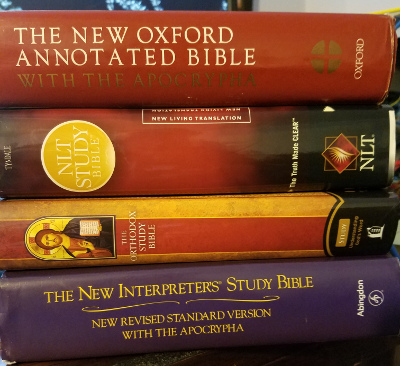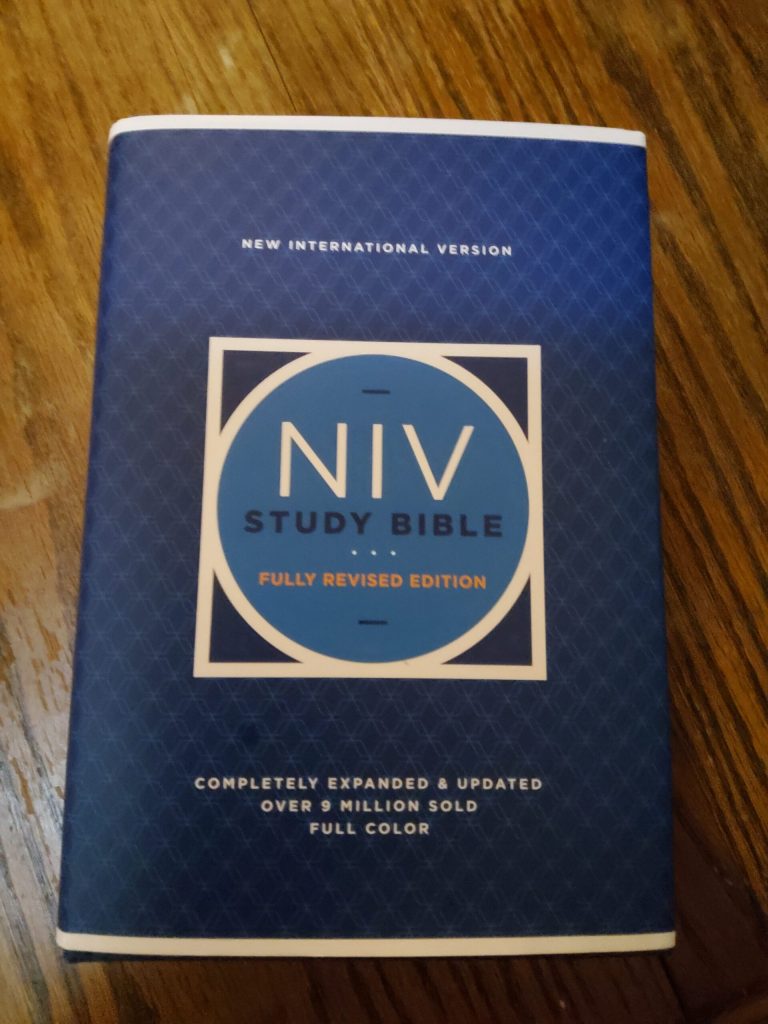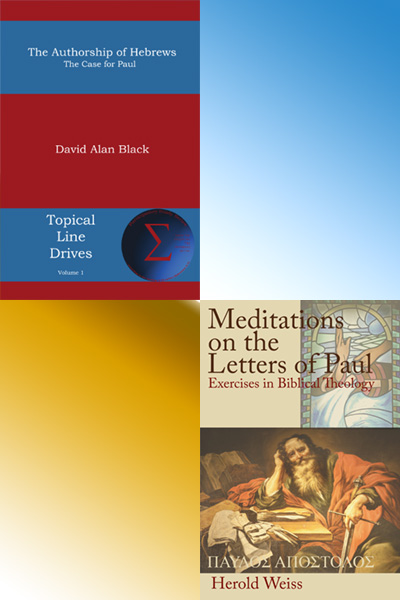Review of The Passion Translation Part I – The Hype
The evaluation of a Bible translation hinges on various factors including theological perspectives and language familiarity. Controversy often arises over word choice, as seen in Romans 3:25’s varying translations of “propitiation.” Differing translation strategies result in diverse renderings, which can align with or challenge doctrinal positions. I encourage comparing translations and checking translator qualifications. Don’t assume “literal” means “accurate.” Instead, make use of multiple translations for a fuller understanding.




